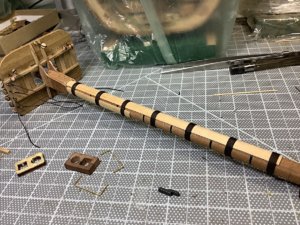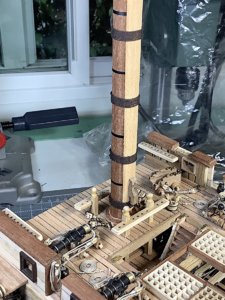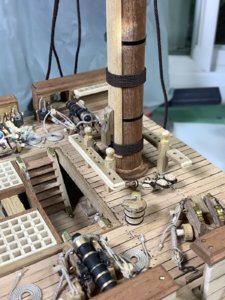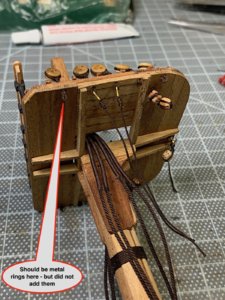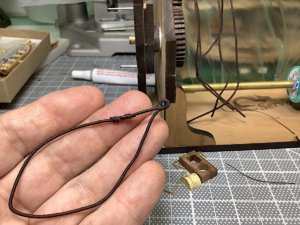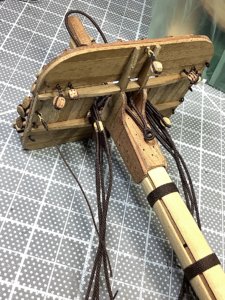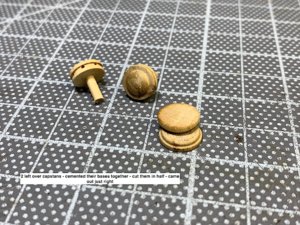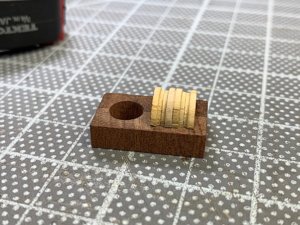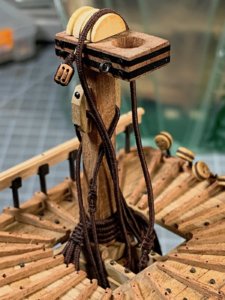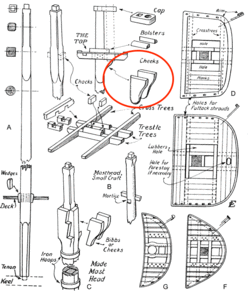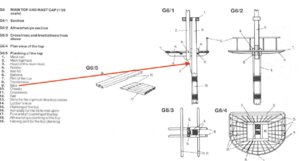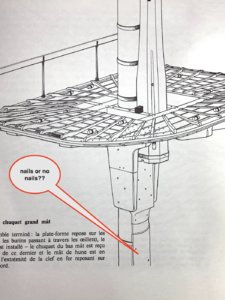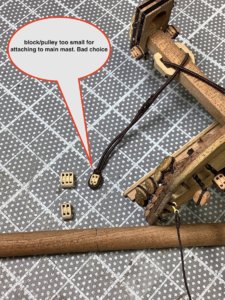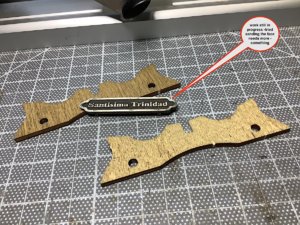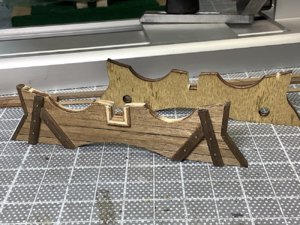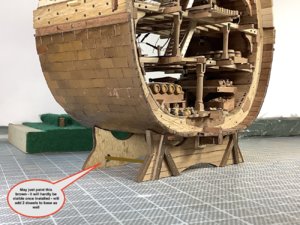Uwek, thanks for your kind comment as well.
-----------------------------------
Some updated work in the same area as before. Finished up the
mast cheeks or are they bibs? See lower pics. That said, should those long mast
cheeks that are wrapped in ropes ALSO have some nails pounded through into the mast??
I spent a lot of time looking through my books, and at “Google University” looking through many photos – found nothing helpful. The only hint was the Boudroit Book (see pic)– it offered a
slight hint at a yes. I don’t have his book 1 (hull construction)– that one certainly details mast construction as well.
I have not seen nails in any of the brilliant Russian museum quality models that I have looked at. Hmmmm? Any suggestions are appreciated. I just don’t have enough knowledge to decide nails or no nails.
PS2: I know that historically this area should be painted black – None of my friends will know any different haha –
you all will of course.
Now onto the topmast – maybe I’ll do the lower main yard for a change of pace….
As always thanks so much for the likes, any suggestions and comments
